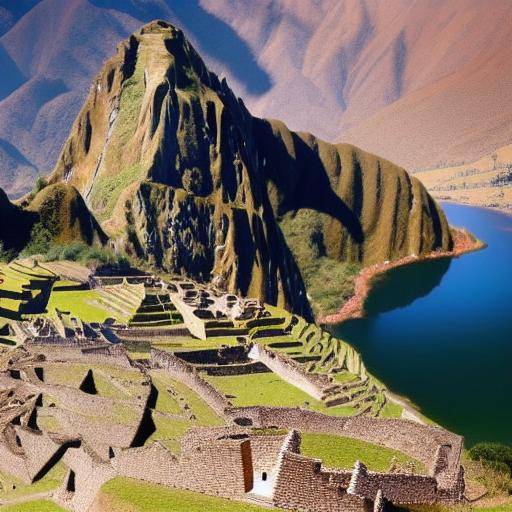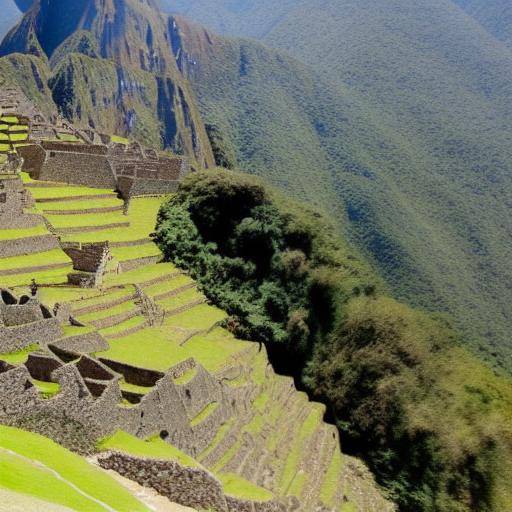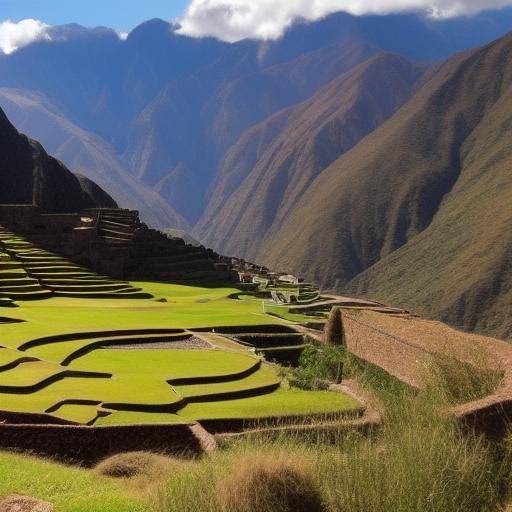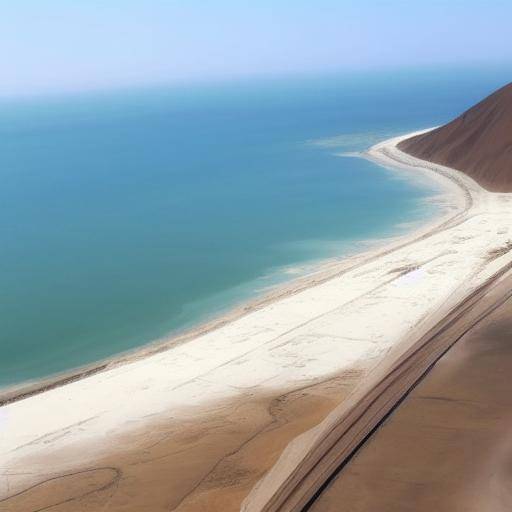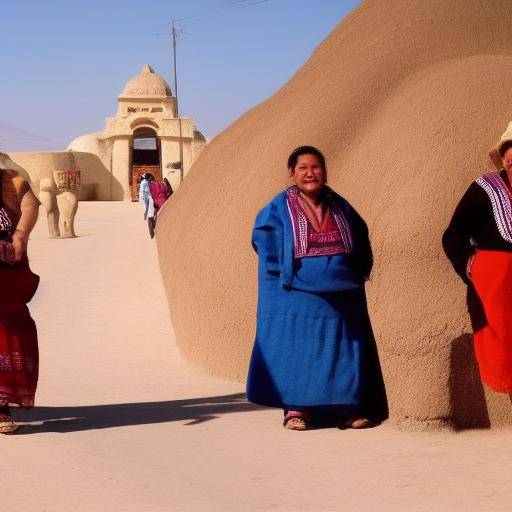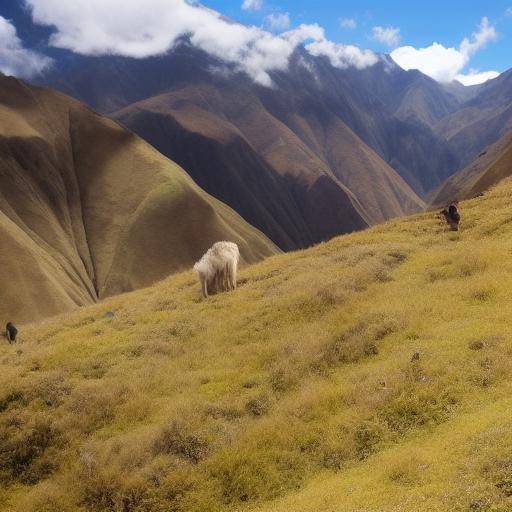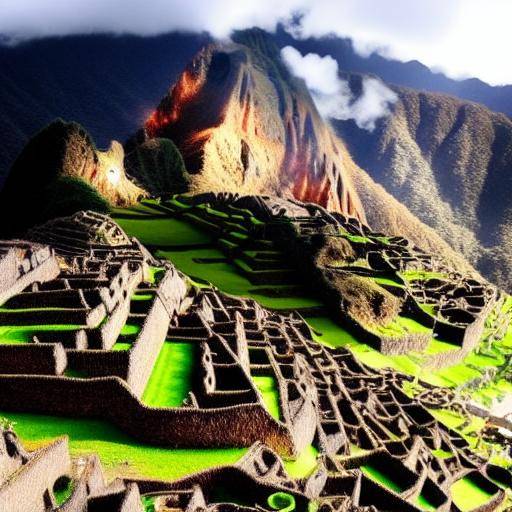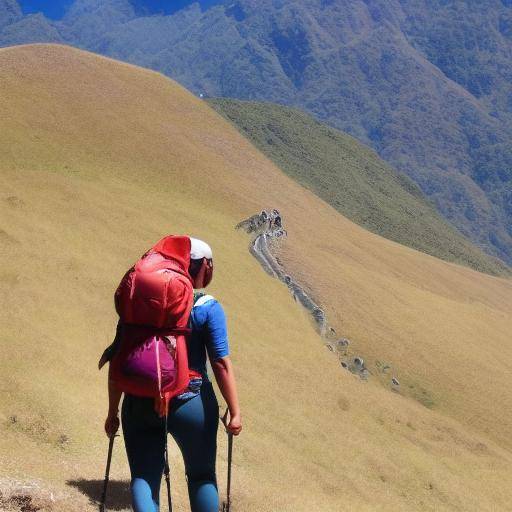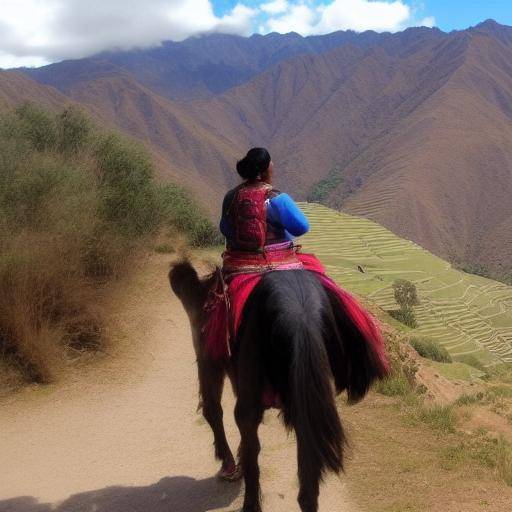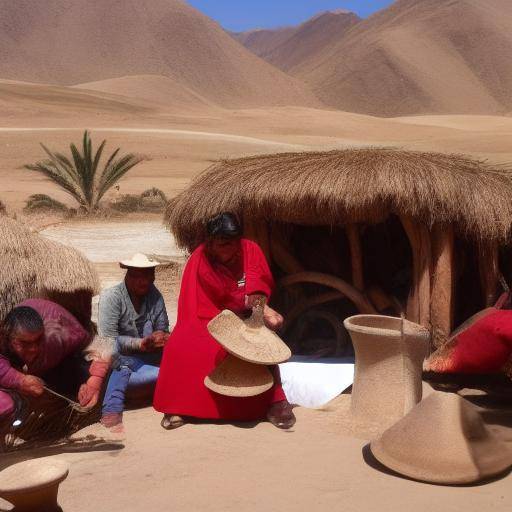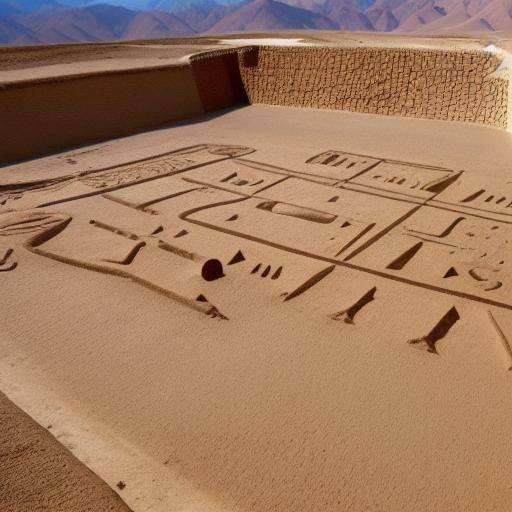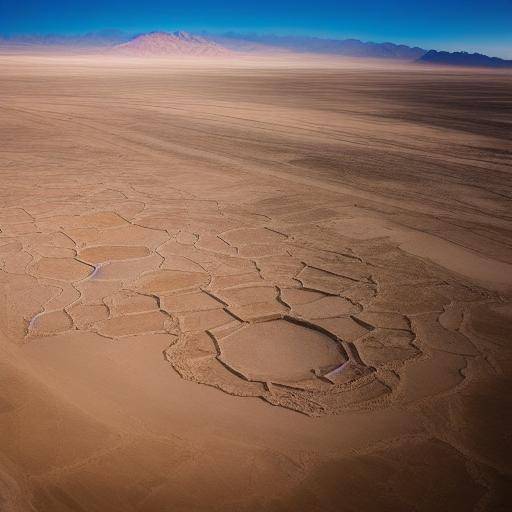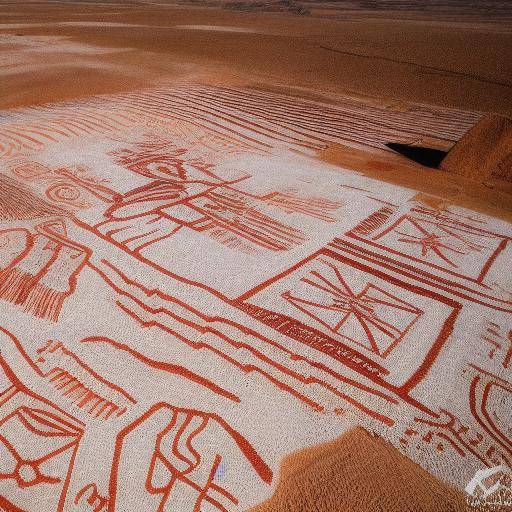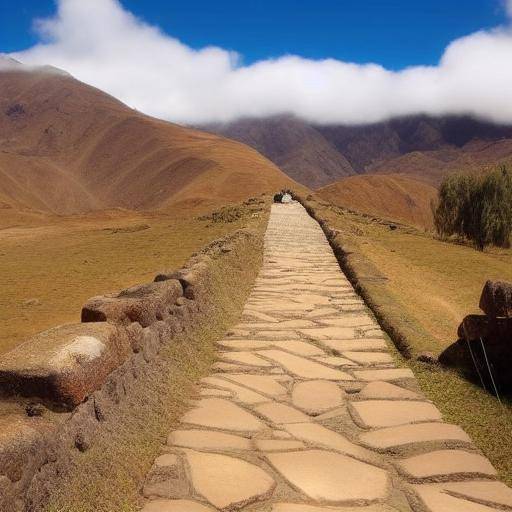
The Inca Way is one of the most fascinating archaeological wonders in the world, and its intricate network of trails in the Peruvian Andes houses countless mysteries and secrets that have puzzled archaeologists, historians and adventurers for centuries. In this article, we will explore the fascinating world of the Inca Way, its archaeological mysteries, fascinating legends and recent discoveries that continue to amaze the world. From its ancestral origins to current research, we will enter the depths of this enigmatic wonder.
Introduction
The Inca Way, or Qhapaq Ñan in Quechua, is an ancient system of roads that connected the vast inca empire, covering more than 30,000 kilometers along the Andes. This system of trails not only served as a network of communication and transport, but also represented an architectural feat that challenges the imagination. Through this article, we will reveal the secrets that lie in their millennial stones, explore the myths and legends surrounding their legacy, and we will immerse ourselves in the most recent archaeological discoveries that are redefining our understanding of this ancestral wonder.
Legends and myths of the Inca Way
The Inca Way is wrapped in a veil of mystery and legends, transmitted over generations. One of the best known legends is that of the Lost City of the Incas, the legendary city of Vilcabamba, where the Incas took refuge and resisted the Spanish conquest. This story continues to fascinate researchers and adventurers, who continue to search for their remains among the depths of the Peruvian jungle.
Another legend that has resisted the passage of time is that of Inti Raymi, the annual ceremony dedicated to the Sun god and celebrated by the Incas in the impressive archaeological complex of Sacsayhuamán. The spiritual connection between the Inca Way and the natural deities, together with the impressive constructions that make up it, has nourished the imagination of those who seek to understand the religious beliefs and practices of this ancient civilization.
Recent findings
Recently, archaeologists have made amazing discoveries along the Inca Way, revealing new facets of this advanced civilization. In the Machu Picchu area, evidence has been found of complex irrigation networks and agricultural terraces, highlighting the incas' wit and ability to manage natural resources. In addition, vestiges of ancient ceremonial centers and burials of ritual importance have been discovered, providing a more complete vision of everyday life and the spiritual practices of this ancestral culture.
History and Background
The Camino del Inca was built during the apogee of the Inca Empire, between the 15th and 16th centuries, and was extended from southern Colombia to northern Argentina, connecting a network of cities, sanctuaries and administrative centers. This formidable infrastructure not only facilitated the displacement of people and goods, but also played a crucial role in the cohesion of the vast inca empire.
The incas, master engineers and architects, meticulously built this system of roads, using advanced construction techniques that challenge modern logic. The stones used in the construction were joined without the use of mortar, and their geometric precision allowed to resist earthquakes and other natural disasters.
However, with the arrival of the Spanish conquerors, the Camino del Inca and its associated empire suffered a radical transformation. Many of the fortifications and associated cities were destroyed, and the network of roads fell into disuse, largely forgotten until its rediscovery in the nineteenth century. Since then, the interest in this archaeological wonder has been increasing, and its recognition as a World Heritage Site by UNESCO in 1983 has contributed to its preservation and study.
In-depth analysis
Beyond its historical significance, the Inca Way has awakened a renewed interest in Andean archaeology and has led to significant advances in our understanding of this ancient civilization. Technological advances, such as remote sensing and air mapping, have allowed archaeologists to identify and study new sections of the road, revealing connections so far unknown between different archaeological sites.
This interdisciplinary approach has shed light on the importance of cultural landscapes in the vision of the inca world and challenged our conventional conceptions of urbanism, agriculture and technology in pre-Columbian societies. The complex hydraulic and agricultural systems that supported the Inca Road have been the subject of intense research, providing invaluable ideas on sustainability and resilience in mountain environments.
Exhaustive examination
The legacy of the Camino del Inca extends beyond the purely archaeological domain. Its iconic ruins, such as the sacred city of Machu Picchu, have attracted millions of visitors around the world, generating debates on tourism management and the preservation of cultural heritage. The intersection between heritage conservation and sustainable development has raised complex challenges, which require a delicate balance between site protection and the promotion of responsible tourism.
The connection between the Inca Road and the traditional knowledge of local communities has also been a growing topic of interest, as its role in preserving ecologically sensitive cultural practices is recognized. The dialogue between archaeologists and indigenous communities has resulted in collaborative approaches to heritage management, ensuring that local voices are heard and respected.
Comparative analysis
By comparing the Inca Way with other archaeological wonders of the world, such as the pyramids of Egypt or the Mesoamerican cities, a deep sense of wonder and admiration arises for the achievements of ancient civilizations. Although they are different in nature and historical context, these wonders share a common legacy of human ingenuity and monumental achievements.
The mountainous landscape and the technical complexity of the Camino del Inca distinguish it as a unique testimony of human abilities in challenging environments. The integration of architecture with natural topography, together with the creative use of local materials, reflects a deep understanding of the environment and a close harmony with nature.
Practical Tips and Accessible Tips
If you have been captivated by the history and mysteries of the Camino del Inca, consider exploring these recommendations to enjoy an enriching and respectful experience:
- Plan your visit in advance: Due to the popularity of Machu Picchu and other associated sites, it is advisable to book in advance and make sure you get the necessary permissions.
- Know the story: Before your trip, immerse yourself in the fascinating history of the Inca Way through books and documentaries to fully appreciate its cultural importance.
- Respect the environment: As you explore archaeological sites, follow the conservation guidelines and avoid damaging old structures.
Peru and Andean archaeology
Peru, with its rich cultural heritage and archaeological legacy, has been an emblematic destination for lovers of history and archaeology. The country houses countless archaeological treasures, from the Nazca lines on the coast to the majestic ruins in the Amazon rainforest. The Andean archaeology, in particular, has revealed the extraordinary achievements of civilizations such as the Incas, the Moches and the Chimús, providing enriching perspectives on their art, technology and social organization.
Conclusions
The Inca Way is much more than an archaeological wonder; it is a moving testament to human creativity, advanced engineering and intimate connection between man and nature. His mysteries and legends continue to challenge our understanding, while archaeological research and conservation efforts allow us to glimpse the lasting grandeur of an ancestral civilization.
This article barely scratches the surface of the secrets and wonders that reside on the Inca Way, but we hope it has sown the seed of awe and curiosity. Perhaps, the next time you find yourself contemplating this ancient wonder, you can appreciate it with a renewed perspective, aware of the stories that their stones hold and the lessons they are willing to share.
Frequently asked questions
What is the best time of the year to visit the Inca Way?
The dry season, which goes from May to September, is generally considered as the best time to take the walk along the Camino del Inca, as it offers more stable climates and clear views.
How long is the walk along the Inca Road?
The traditional walk along the Camino del Inca lasts approximately four days, covering a total of 43 kilometers. This experience offers the opportunity to immerse yourself in natural beauty and archaeological sites along the route.
What are some other important archaeological sites in Peru?
In addition to Machu Picchu, Peru hosts numerous important archaeological sites, such as the ruins of Chan Chan, the city of Caral, and the Nazca lines, each with its own fascinating history and legacy.
What measures are being taken to preserve the Inca Way?
The Peruvian authorities have implemented various strategies for the conservation and management of tourism to preserve the Camino del Inca and ensure that future generations can enjoy this archaeological wonder.
Is a guide required to explore the Inca Way?
Yes, it is obligatory to have an authorized guide to take the walk along the Camino del Inca. Guides not only provide historical and cultural information, but also guarantee the safety of visitors.
What kind of preparation is required to take the walk along the Inca Road?
It is important to be in good physical condition, to wear proper clothes and equipment, and to be familiar with the effects of altitude, as the walk involves long days and significant altitude variations.
Explore, learn and admire the wonders of the Inca Way and the archaeological wealth of Peru, immersed in a unique journey between the past and the present!

